Owning property might be a pipe dream for some. However, owning land is possible for some. Rather than buy a house, why not buy an island?
This untouched island off the coast of Chile could be yours for the price of a Los Angeles mansion (without the incredible new mansion tax the county passed in 2023).
Why Not Own an Island
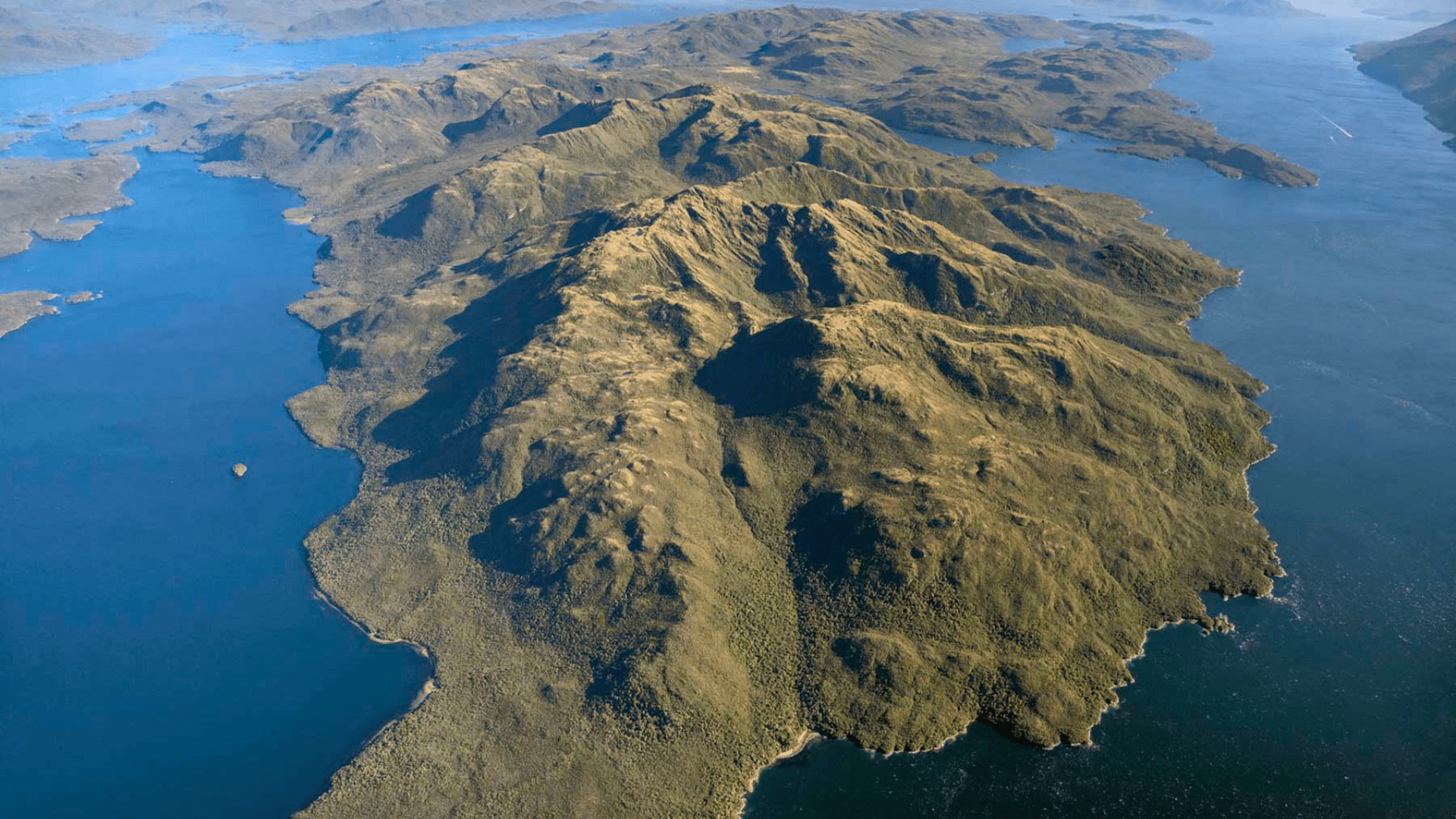
Virgin Island is a completely untouched piece of land that clocks in at half the size of Hong Kong. It has recently been listed for sale at an impressive $35 million.
Situated within the Patagonian Archipelago off the western coast of Chile, this pristine island spans 11,000 acres, surpassing the size of Manhattan by over seven times.
Virgin Island is a One-of-a-Kind Opportunity for Developers
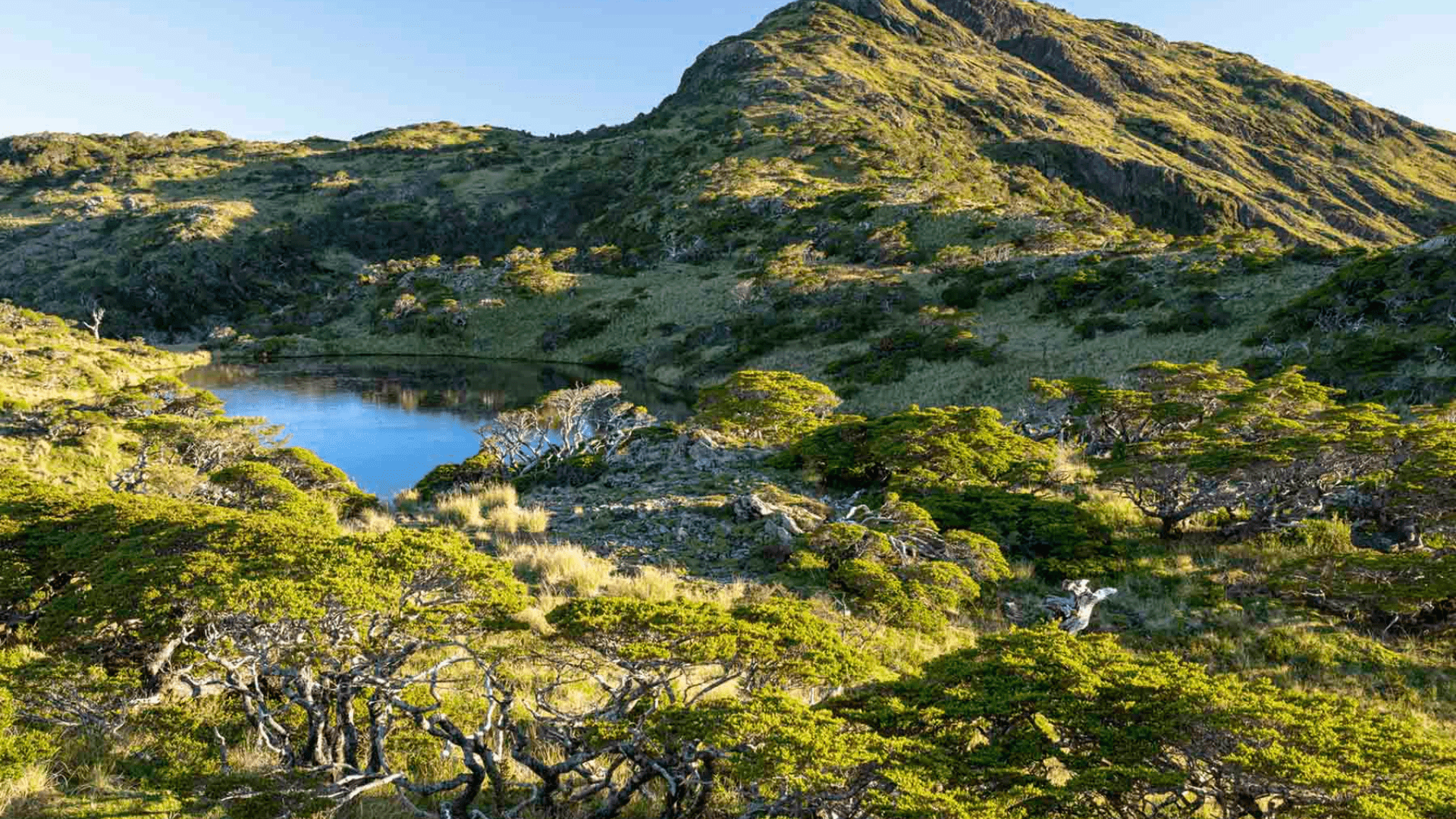
With over 80 lagoons, three lakes, and 150 miles of pristine coastline, it offers a one-of-a-kind opportunity for a prospective owner to build and develop on a piece of land untouched by human hands.
Accessible only by boat or helicopter, Virgin Island stands as a rare gem, offering privacy, seclusion, and raw natural beauty.
An Incredible Coastline, Freshwater Sources, and Natural Beauty
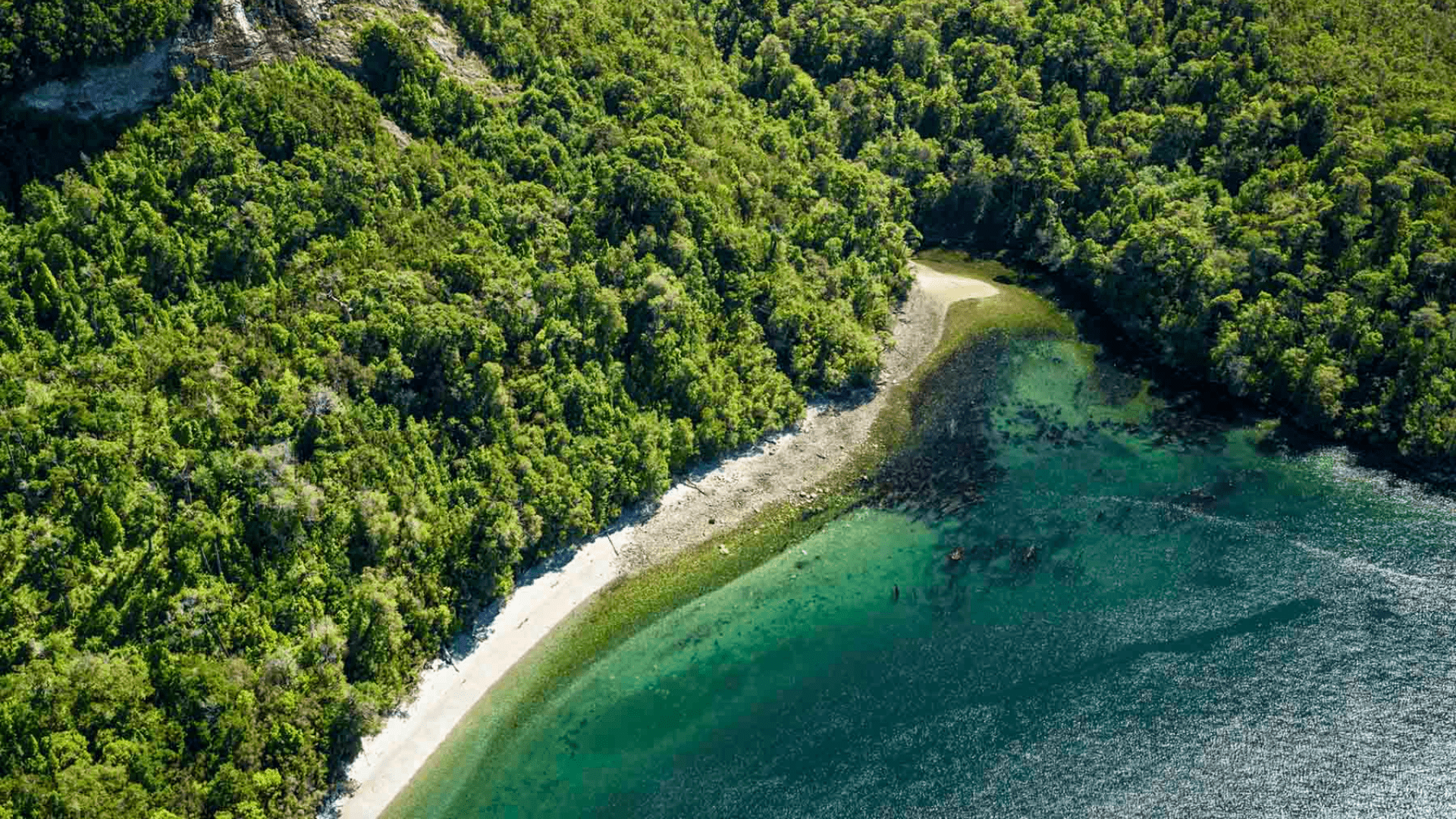
Jeff Buerger of Hall and Hall, the listing agent for Virgin Island, notes that while islands may not appeal to everyone, this is a truly unusual and incredible piece of real estate.
The extraordinary features of this vast, untouched island, including its abundant coastline, freshwater sources, and natural allure, make it a unique and rare find.
Virgin Island is Shielded by the Andes Mountains
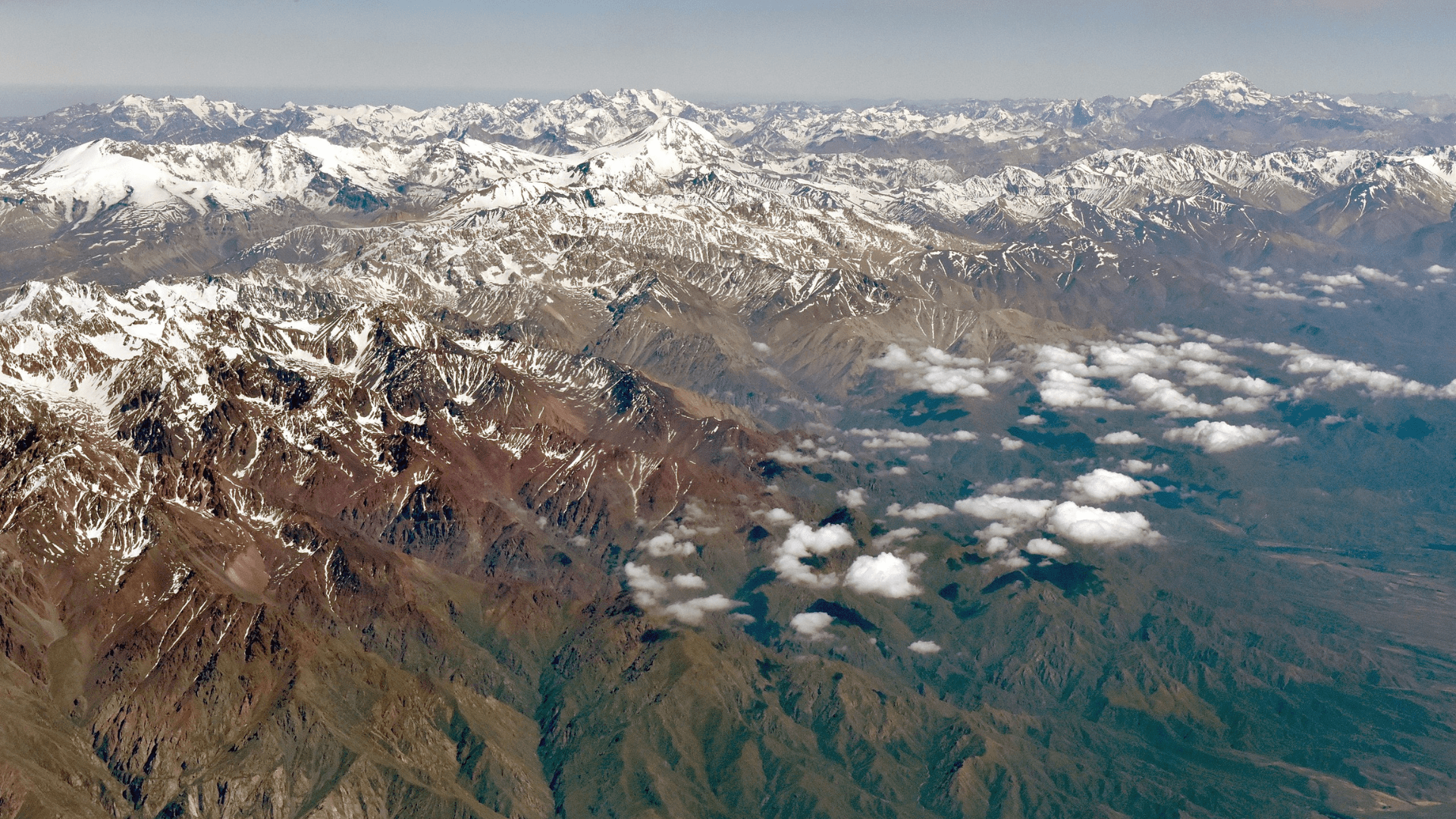
The island is in the shadow of the Andes mountain range, which creates a diverse ecosystem encompassing jungles, sandbanks, peatlands, wetlands, and native forests.
The Virgin Island is also shielded by the Andes Mountains, the longest mountain range on Earth, providing protection from severe weather events and acting as a natural insulator and climatic screen.
The Impressive, Undeveloped Island
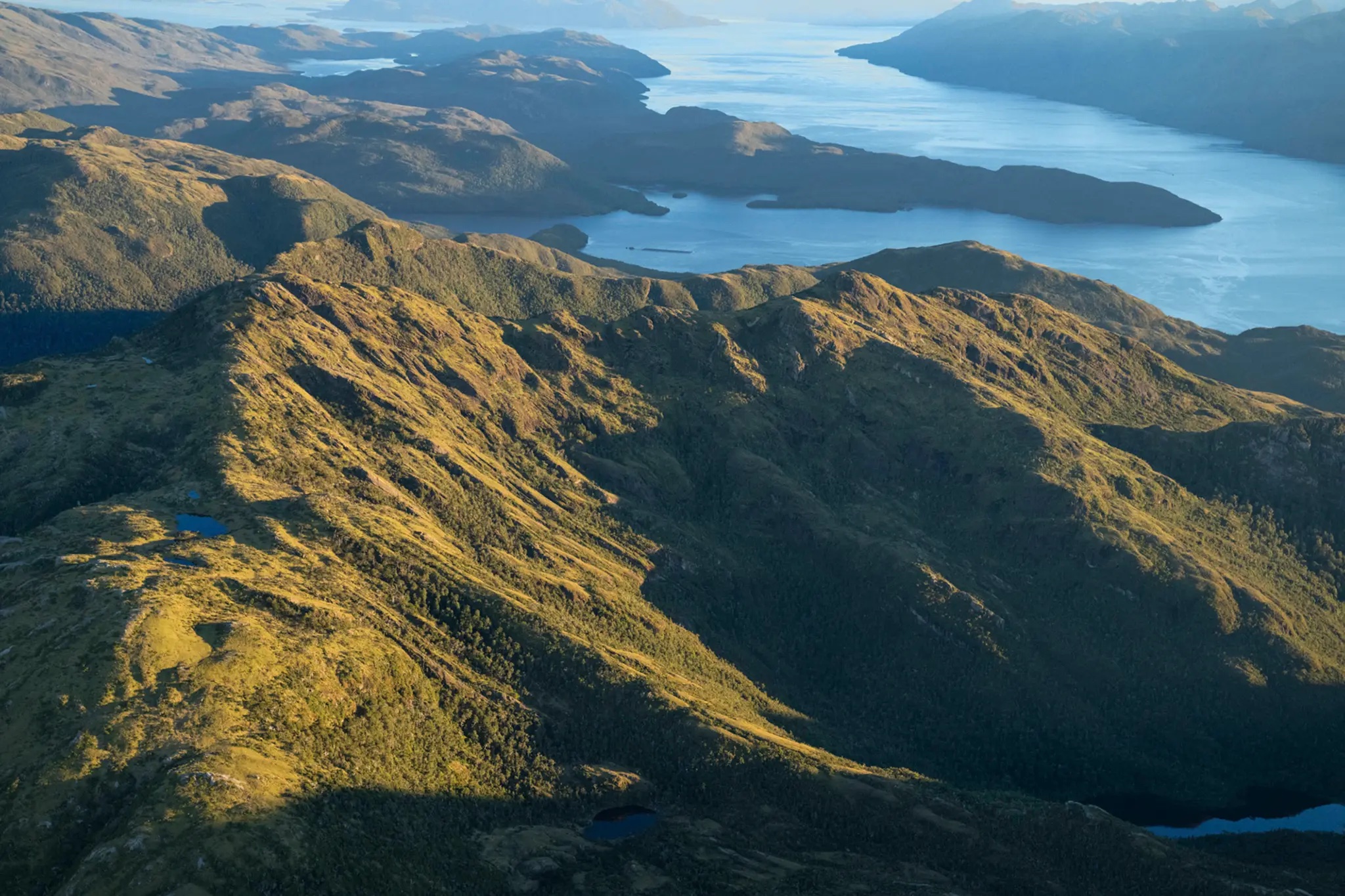
This geographical feature has allowed wildlife to thrive undisturbed, preserving the island’s ecological balance as it existed thousands of years ago.
The neighboring fjords, islands, seas, and canals further shield Virgin Island from environmental changes, maintaining its pristine condition.
Island Covered in Peatlands, Which Capture Greenhouse Gasses
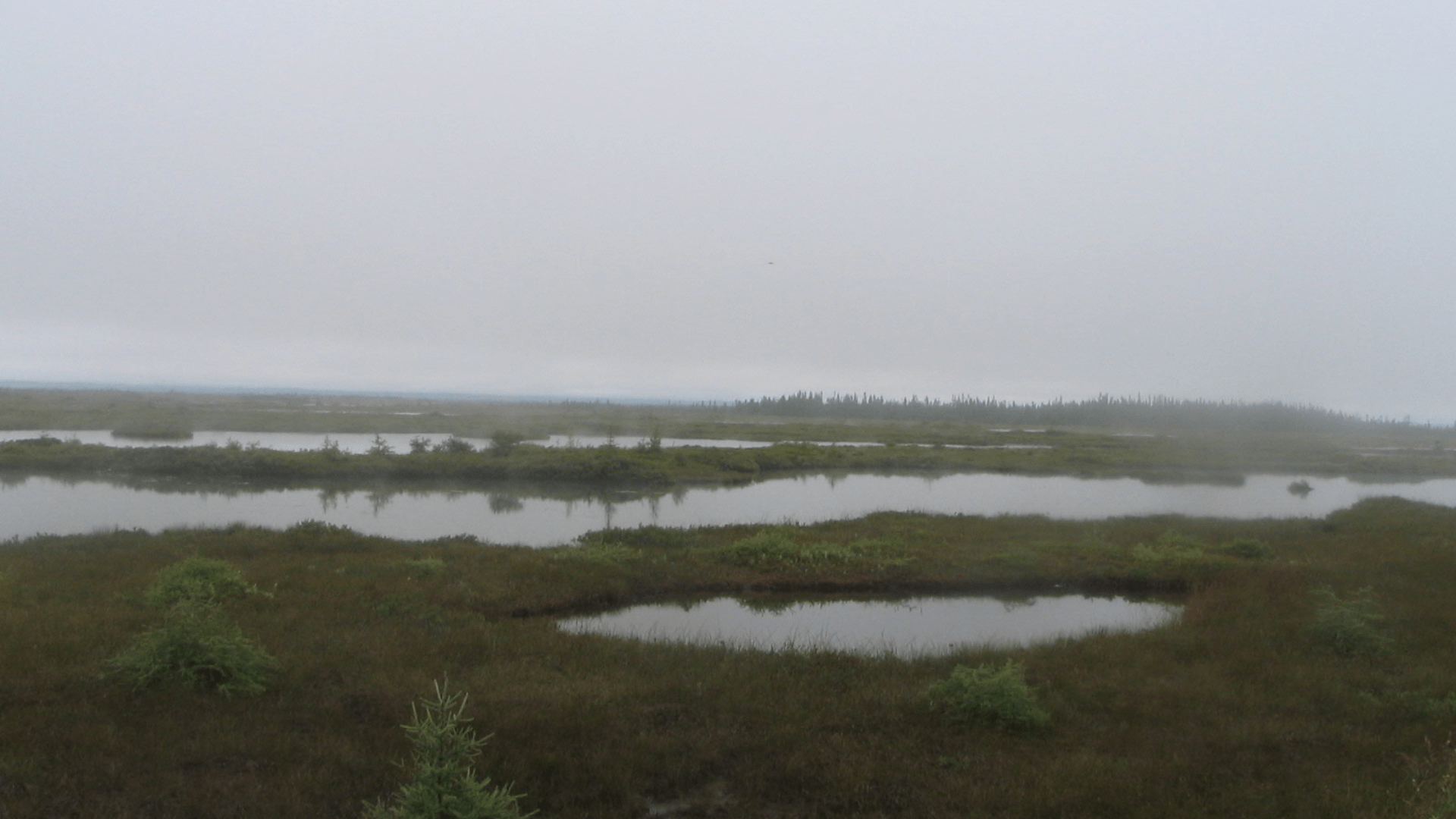
Peatlands, referred to locally as “turba,” are a significant category of wetlands acknowledged as the most extensive natural terrestrial carbon reservoirs within an ecosystem.
The island is predominantly covered in turba, forming a natural incubator for flora. Extensive wetlands are distributed across the island, serving as reservoirs for fresh water and acting as capture zones for greenhouse gasses.
Virgin Island is Located in Chilean Patagonia
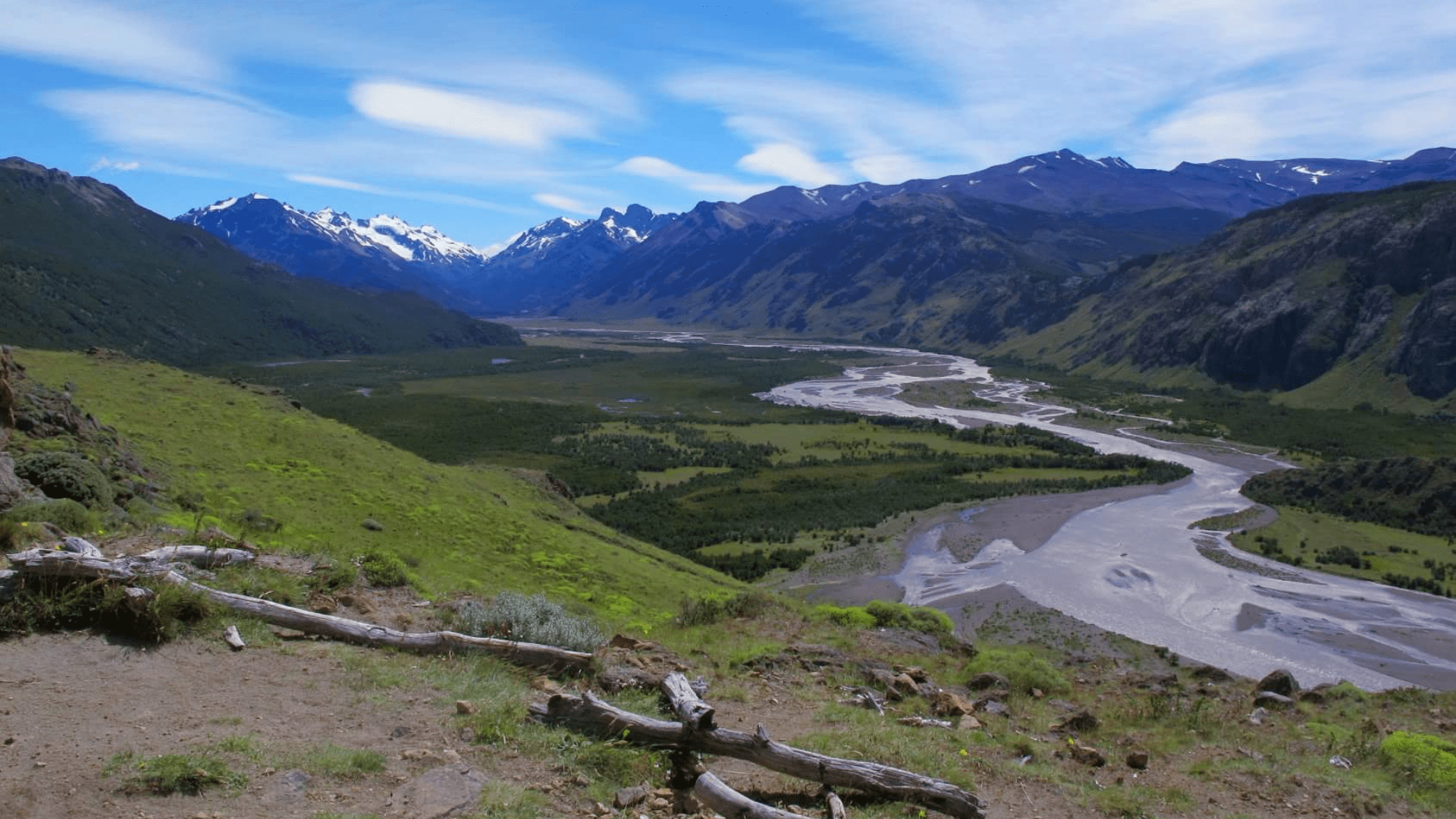
The island’s unique location in Chilean Patagonia, often referred to as “the end of the world,” adds to its allure.
Chile holds the distinction of being the southernmost country globally, and Virgin Island represents the southernmost natural region of the country and the southernmost part of the American continent. This remoteness contributes to the island’s status as a fundamental green lung for the planet, providing a haven for untouched wildlife.
What is Chilean Patagonia?
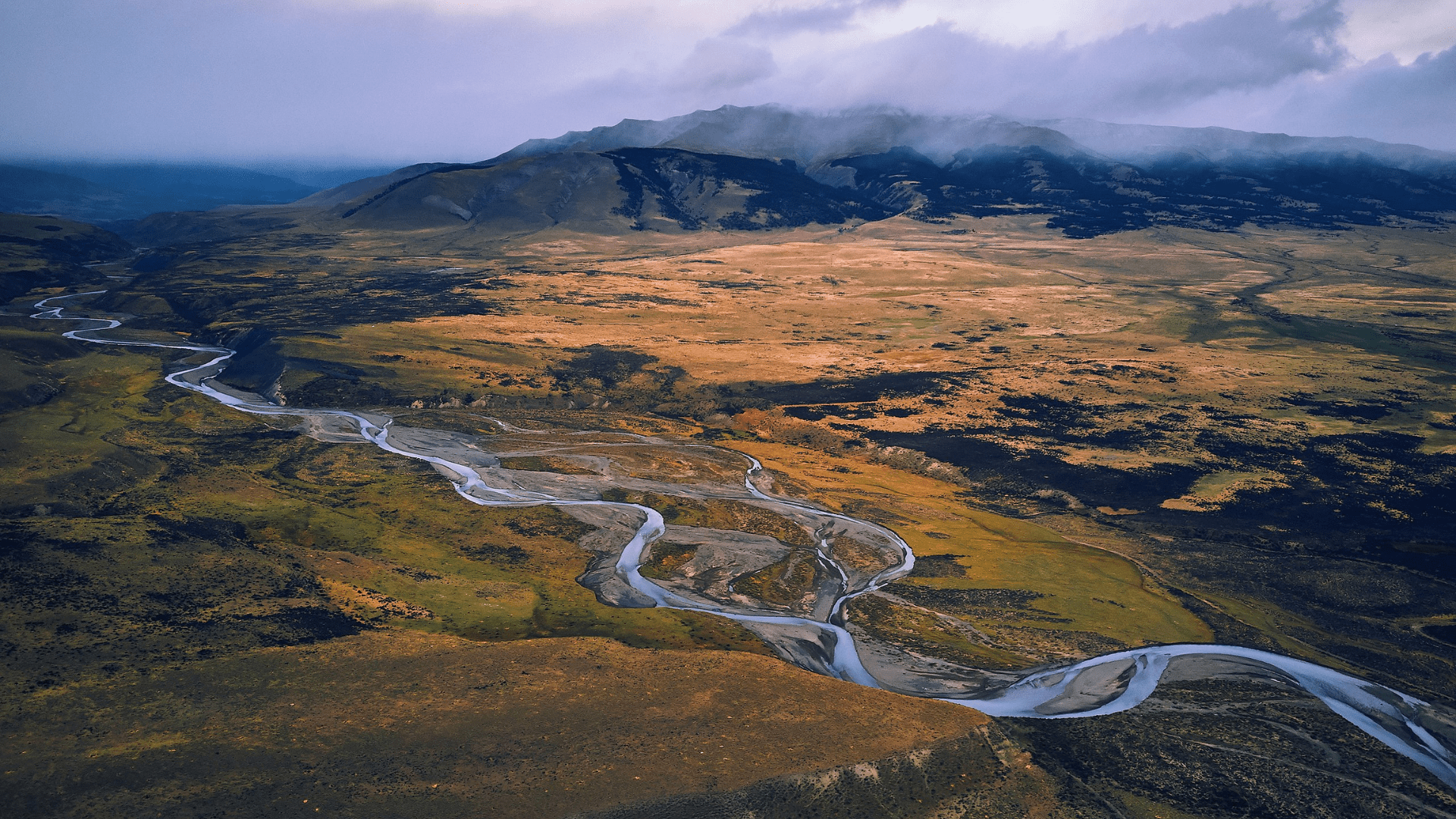
Chilean Patagonia is an expansive region spanning 402,000 square miles that is shared by Argentina and Chile, It is characterized by unique and captivating features.
It has truly distinct geography that is shaped by the dramatic descent of the Andes Mountains into the Pacific Ocean, creating a breathtaking landscape of archipelagos, channels, and fjords. In contrast to the rugged beaches of Argentinian Patagonia, the Chilean counterpart showcases an extensive network of waterways, offering a one-of-a-kind geographical experience.
The Patagonian Archipelago
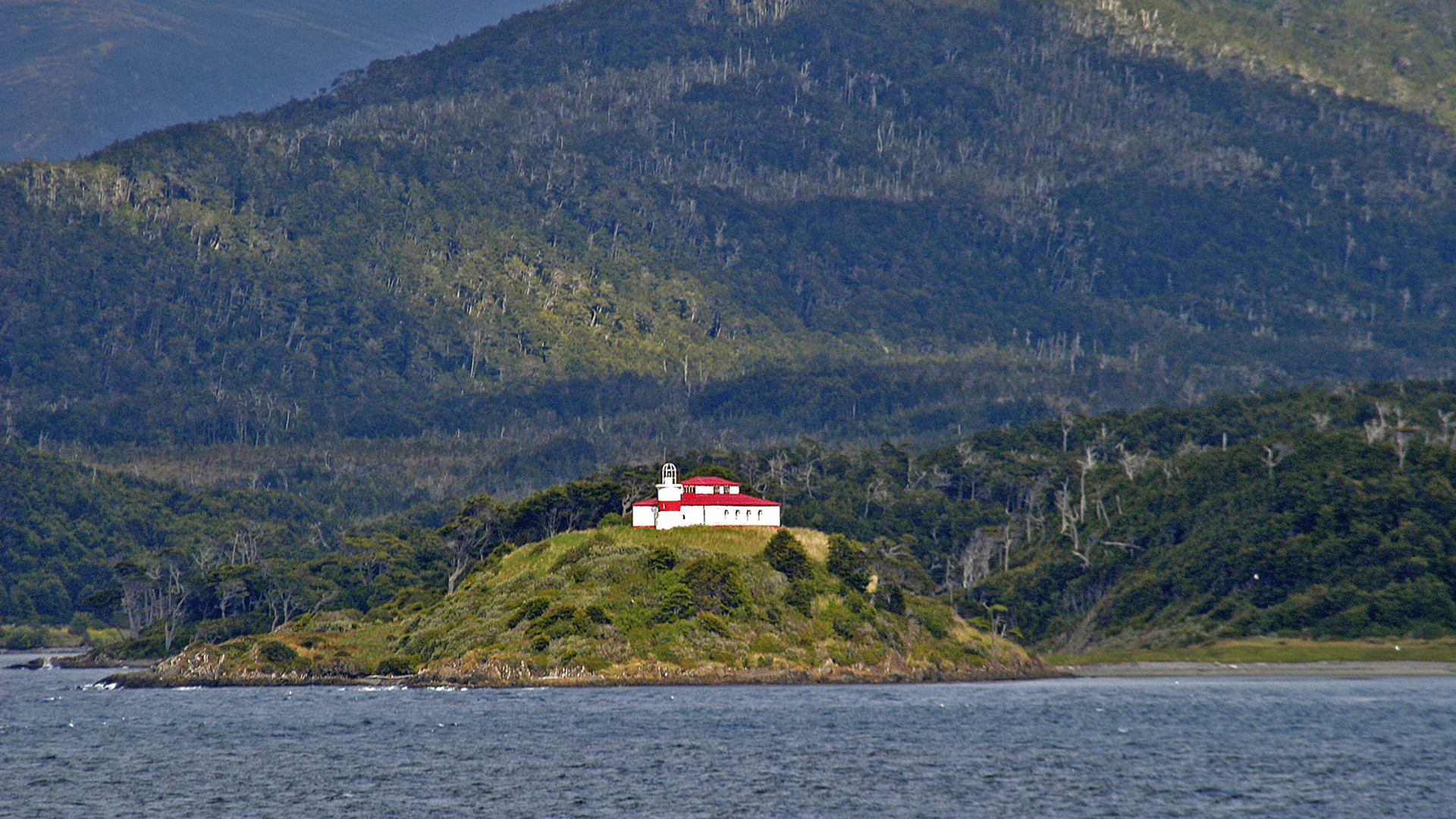
Stretching approximately 11 degrees of latitude along the western coast of Patagonia, the archipelago presents a challenging and generally inhospitable landscape, especially in its southern regions. Marked by mountains, the terrain alternates between dense forests, bare rock, and deep bogs, creating a rugged and diverse environment.
Deep channels intricately divide the land into peninsulas and islands, some of which remain incompletely charted. The climate in this region is harsh, characterized by persistent drenching rains, snowfall, and sleet throughout the year, with fierce westerly gales being a common occurrence. Additionally, glaciers extend in various locations, occasionally reaching nearly to sea level, further shaping the formidable and dynamic nature of the archipelago.
Listing Agent Envisions Virgin Island as an Ideal Vacation Destination
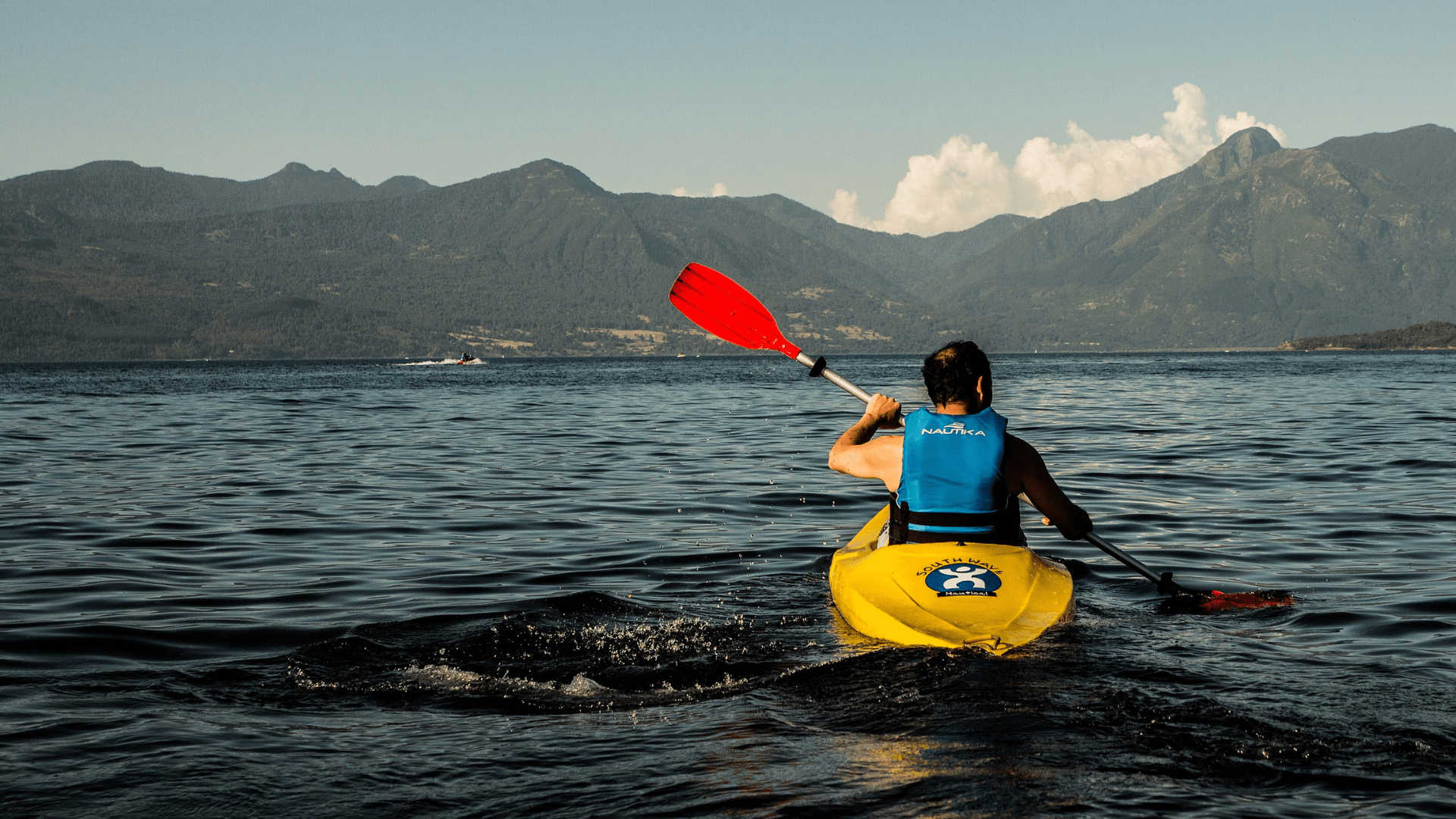
Despite some of the harsher conditions associated with the Patagonian Archipelago, listing agent Jeff Buerger believes the island holds great potential as a destination.
“While islands in general aren’t for everyone, to find an island this size, featuring an abundance of coastline, freshwater, raw beauty, privacy and seclusion is rare,” Buerger told The Post of Virgin Island (via The New York Post).
Not a Piece of Real Estate
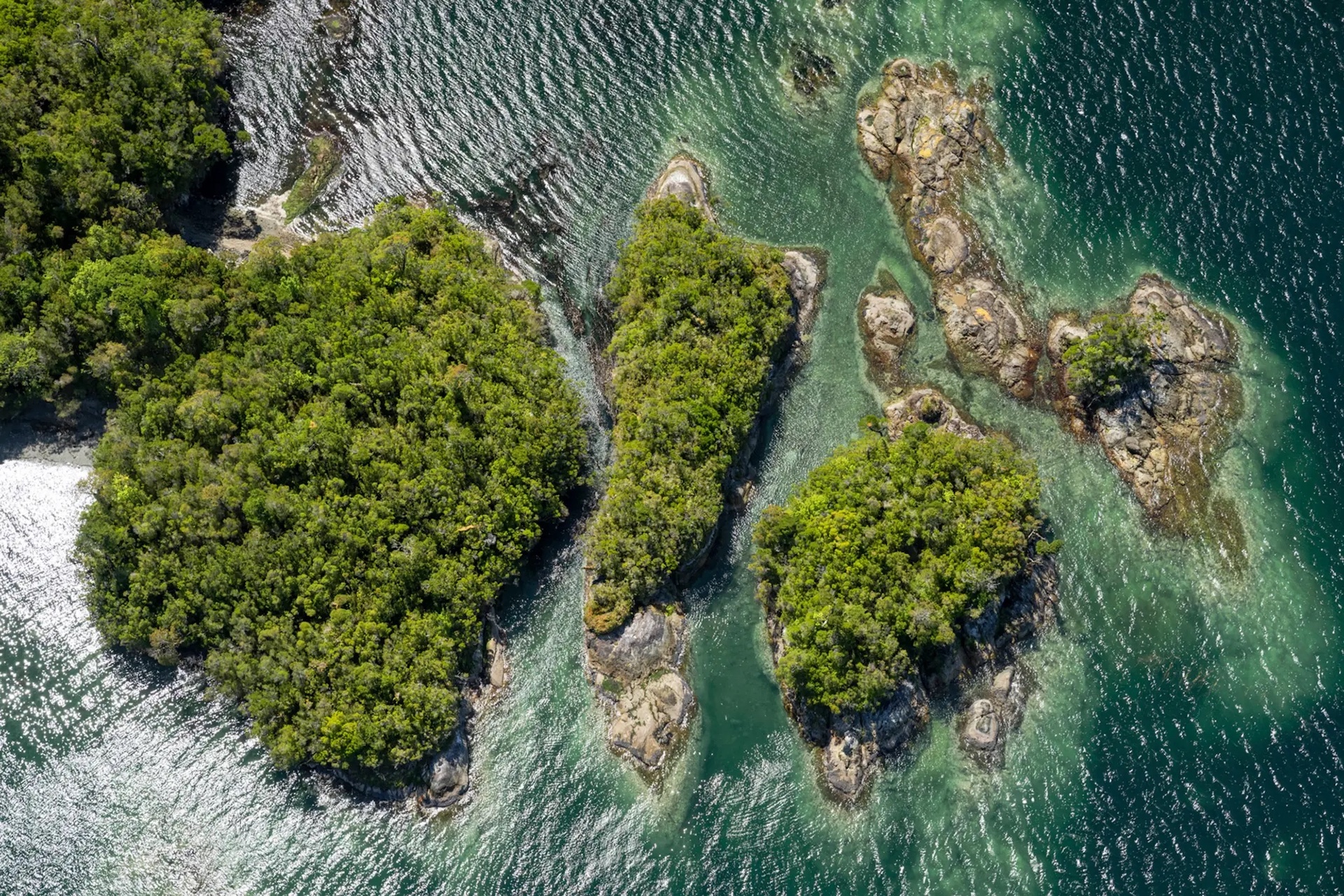
Virgin Island is not merely a piece of real estate but a vision of adventure and possibility. Buerger envisions it as an ideal location for activities such as fishing and sea kayaking, offering a retreat into nature’s untouched beauty.
Buerger argues that as the world becomes seemingly smaller, with increasing opportunities to explore and develop world-class properties, Virgin Island stands as a unique and privileged opportunity for those seeking expansion in a pristine and untouched environment.
What is the Closest Town to Virgin Island?
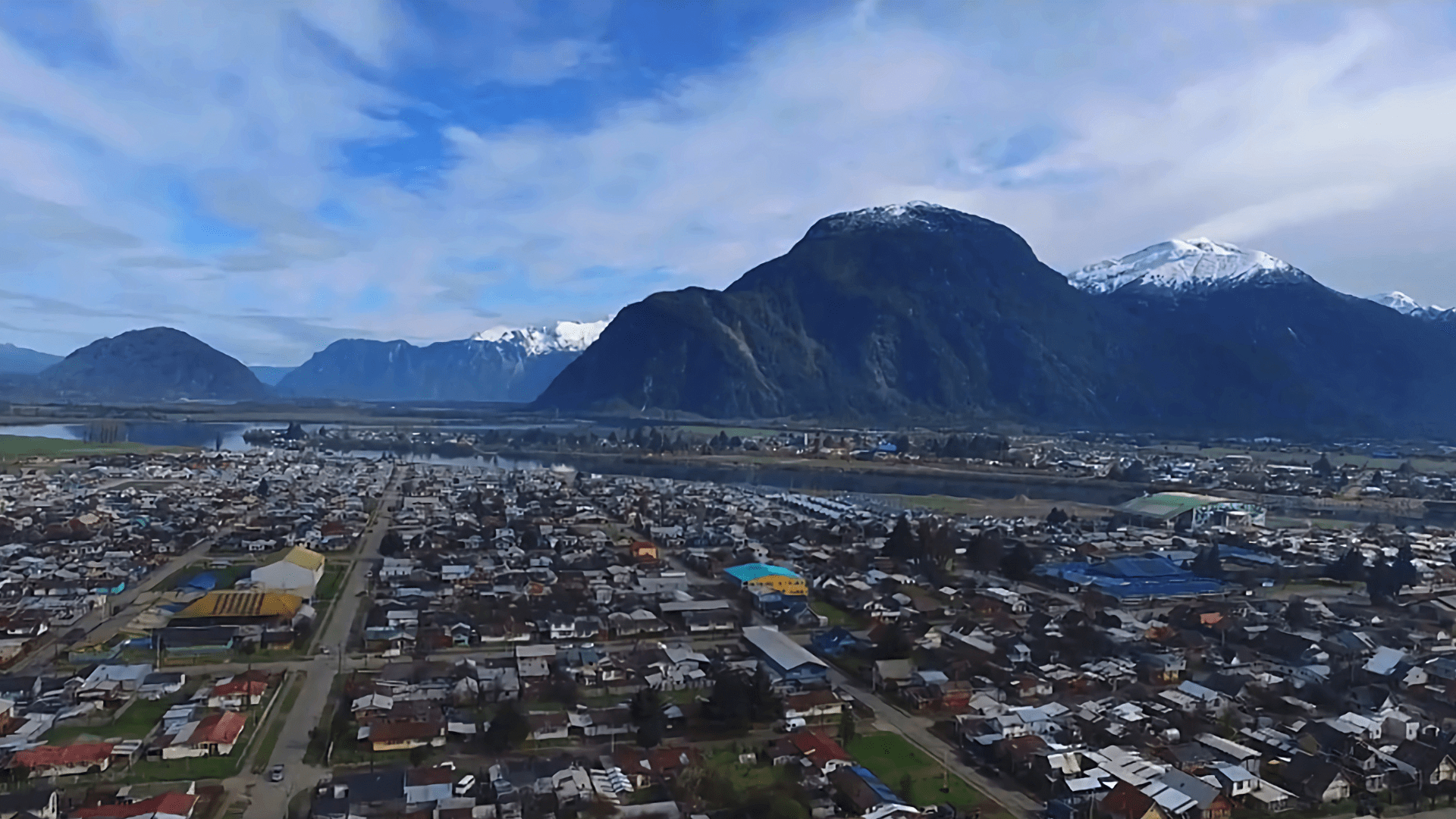
The island is two-and-a-half hours away by speedboat from the closest town, Puerto Aysén.
The town is situated in the Aysén del General Carlos Ibáñez del Campo Region of Chile, and lies approximately 2 miles above the head of Aisén Fjord in the country’s extreme south.
Small Town Island Living
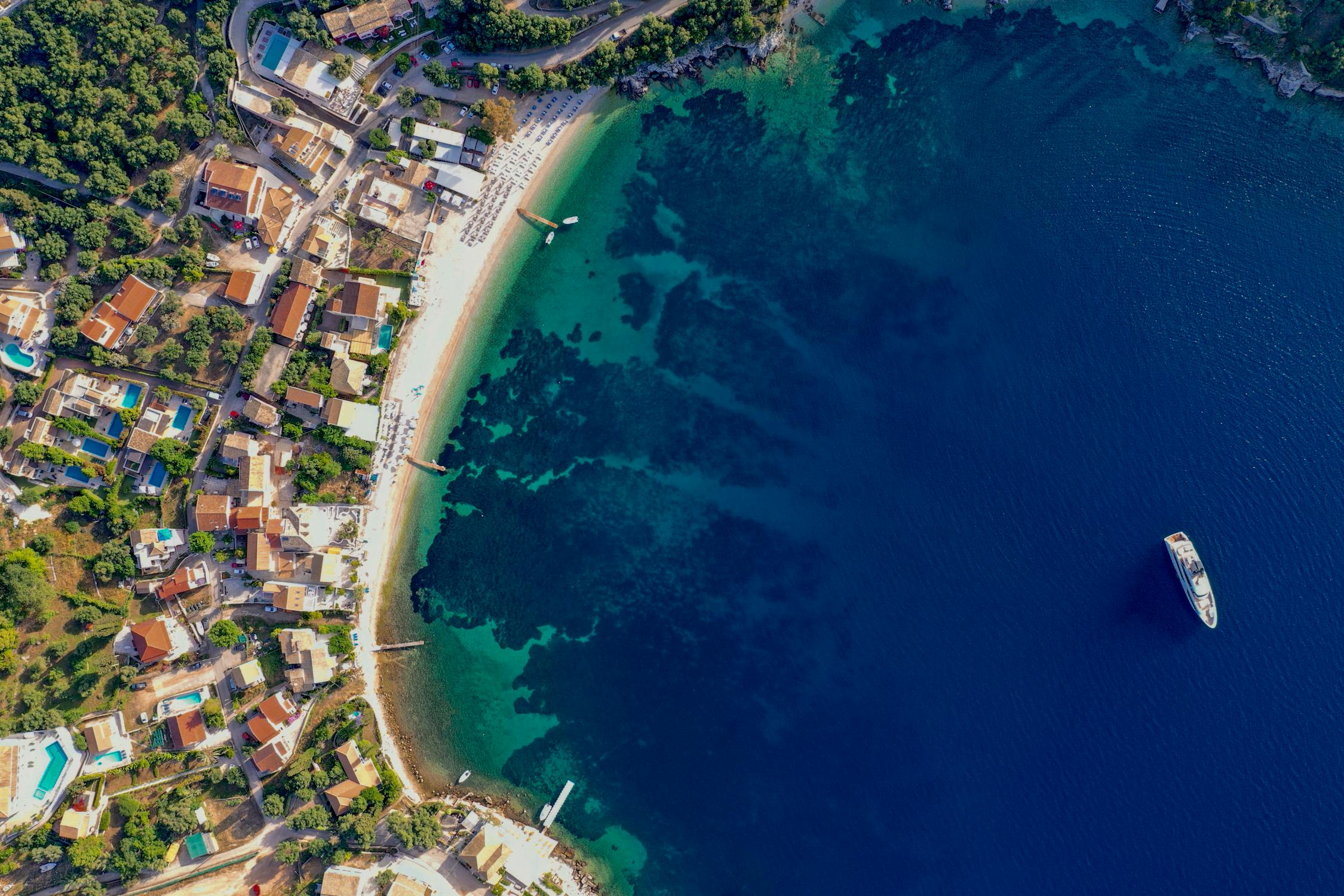
With a population of around 27,644 inhabitants as per the 2017 census, the city rests on the banks of the Aysén River and is positioned 9 miles from the port of Puerto Chacabuco, a primary entry point accessible by sea.
Additionally, it is 40 miles from the regional capital of Coyhaique. The local economy thrives on fisheries and tourism, with Puerto Chacabuco serving both passenger ferries and cargo traffic.
A Rare and Pristine Piece of the Earth
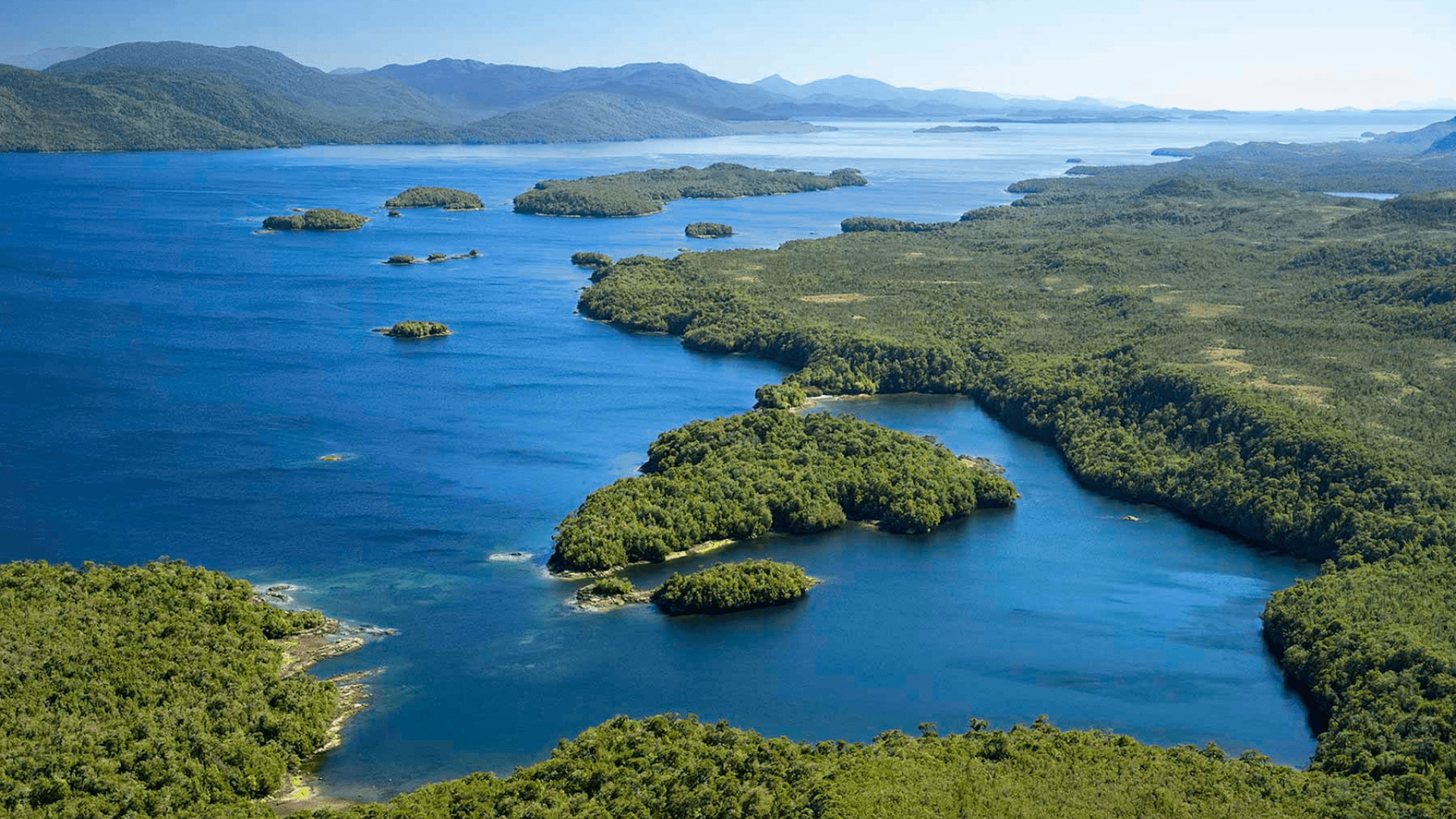
The listing emphasizes the island’s role as an ecological sanctuary unaffected by modern development.
As expansion opportunities for working on world-class properties grow, Virgin Island emerges as a symbol of excitement, privilege, and humility. It invites potential buyers to become stewards of this untouched paradise, acknowledging the responsibility that comes with owning such a rare and pristine piece of Earth.
Another Island for Sale
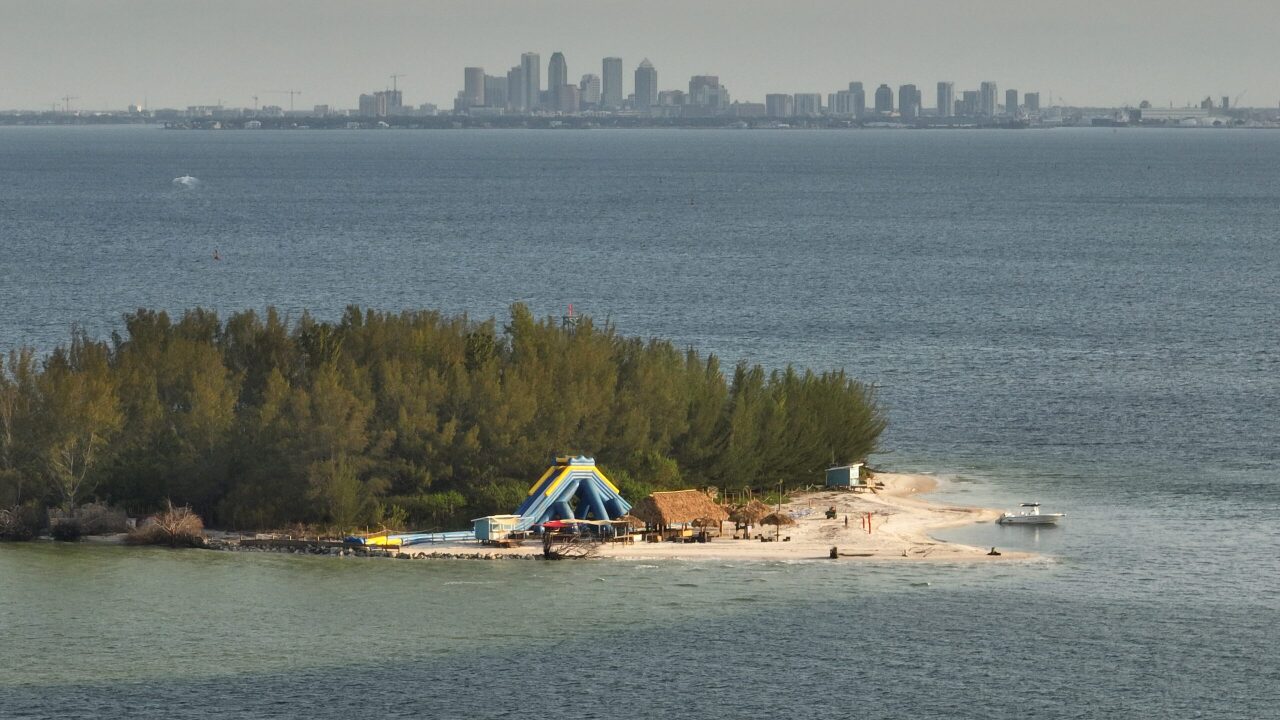
If you are looking for an island closer to the US coastline, Tampa Bay’s Beer Can Island is now for sale.
The island, which is half the price of the untouched, pristine island off the coast of Chile, includes 9 acres plus another 60 acres of surrounding submerged land.
The Island’s Last Owners
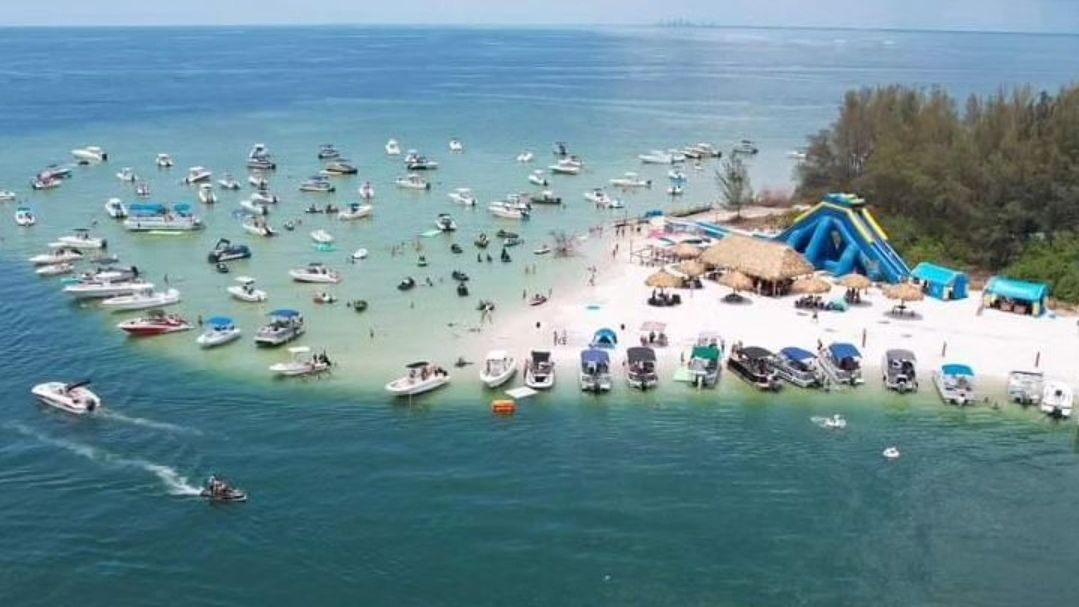
Originally purchased by four friends who needed a place to park their floating bar, the island is priced at $14.2 million.
The four friends purchased the island after neighbors complained about the motorized wooden deck-topped tiki bar, called Tiki Bay Island.
The Island Becomes a Party Haven

The island became a party haven fitted with bathrooms, trashcans, food trucks, and security guards. While the friends cleaned the property regularly and sold memberships that helped to pay for private structures and designated camping grounds, the party island became a safety concern.
Hillsborough County argued that the business model violated code regulations and brought safety concerns.
The County Tried to Claim the Island

The owners pushed back against the concerns, saying that the island was safer than it had previously been because they had hired off-duty emergency medical technicians and provided first aid kits.
The island, which did not have any zoning, was not fined by the county since it had no jurisdiction over it.
The Battles for the Next Owner
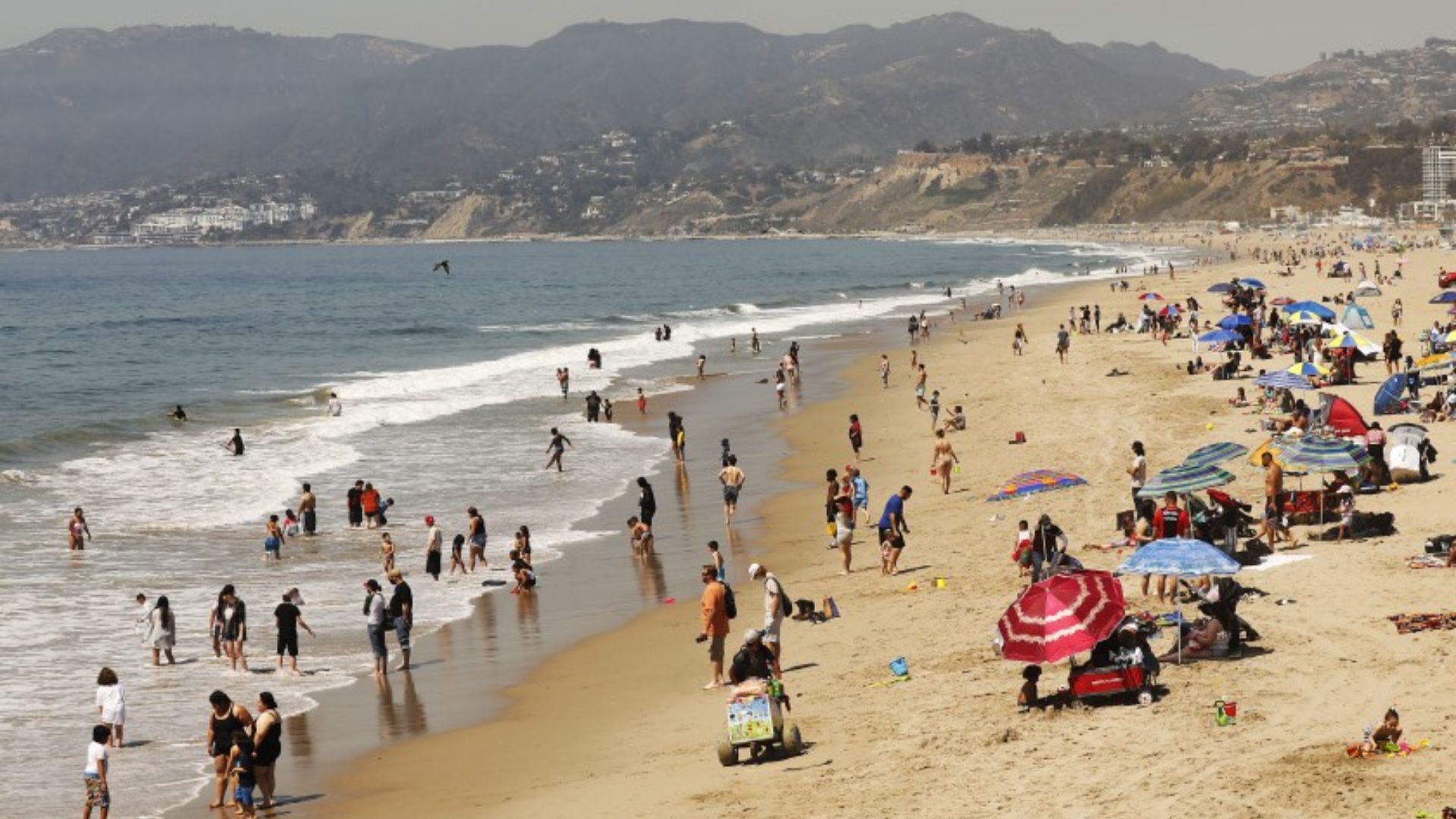
While the friends had a fun time on the island, the next owner will have to deal with the erosion currently affecting it. The island, originally 23 acres, has been reduced to less than half its original size due to hurricanes.
The next owner will also have to contend with the county as they attempt to zone the island as a nature preserve rather than private property.
These Islands Cost Less Than a House
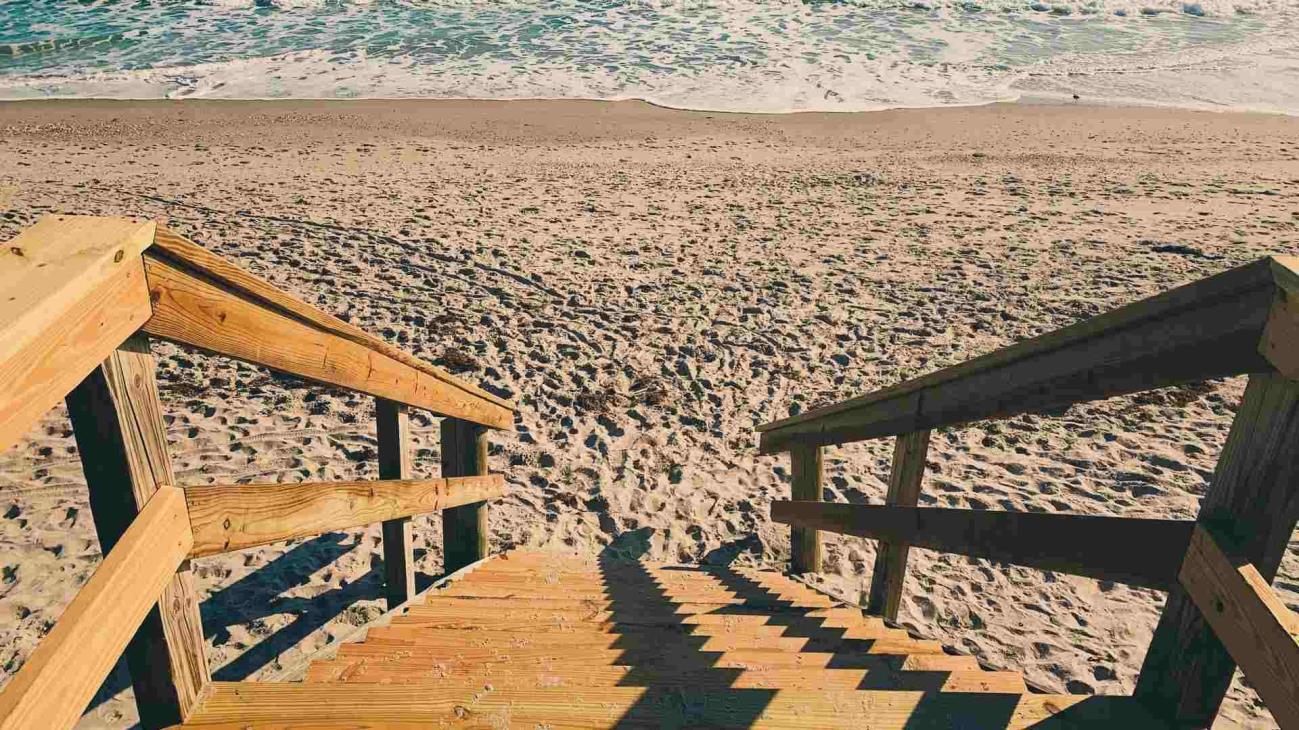
Interestingly enough, you don’t have to be a millionaire to own an island. All across the world, some islands are priced for less than the average house on the US real estate market.
A majority of these tiny islands are located north of the US border, along the Canadian coastline.
Why Do People Buy Islands?
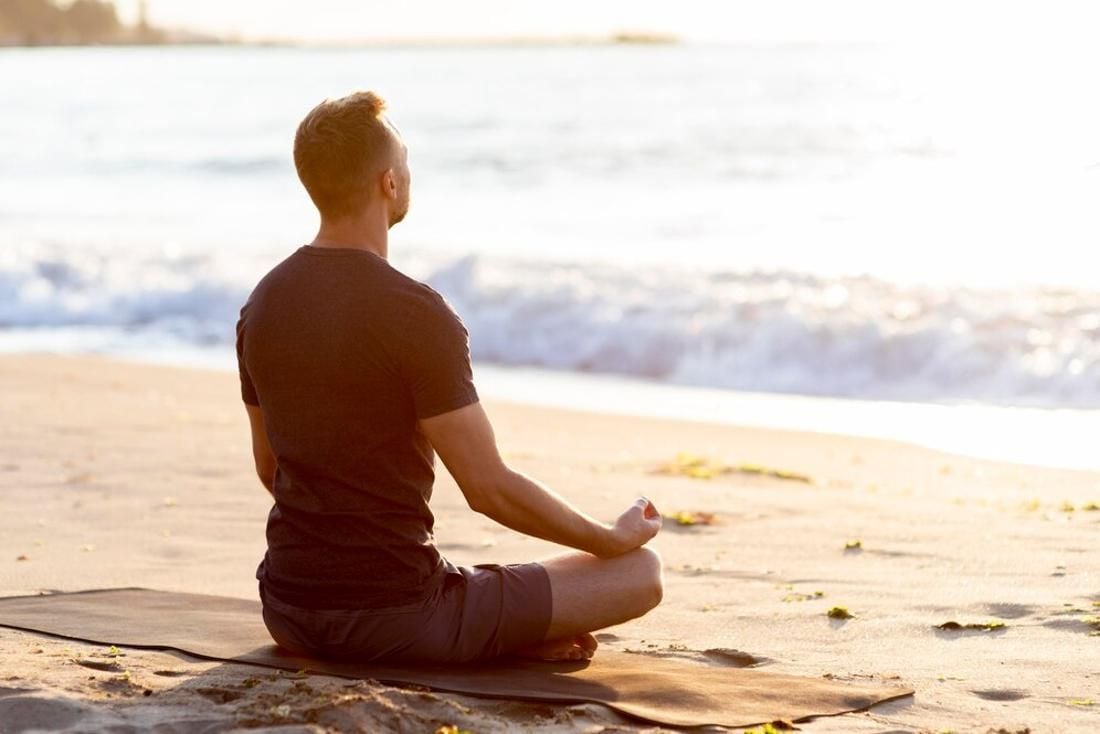
Islands can be a lucrative investment. While the value of these properties can appreciate over time, there are numerous opportunities to develop land for tourism, resorts, or private residences, which can guarantee a return on investment.
A sense of privacy and legacy comes with buying an island. Additionally, buying an island is a great investment for other reasons.
Protecting the Environment

Some buyers are motivated to own an island to protect and preserve the natural habitats that occupy the space.
Many purchase islands to safeguard dwindling wildlife, protecting the land from infrastructure that has caused more damage to the environment over the last several decades.
